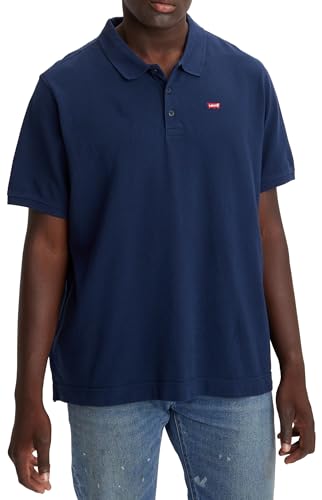The Different Types of Polo Shirt Materials
When it comes to polo shirts, the material used can greatly affect the overall quality, comfort, and durability of the garment. There are several different types of materials commonly used in the production of polo shirts, each with their own unique characteristics. Let’s take a closer look at the different types of materials used in polo shirt manufacturing.
Cotton
Cotton is the most common and widely used material in the production of polo shirts. It is known for its softness, breathability, and comfort. Cotton polo shirts are lightweight and perfect for casual wear. They are also relatively easy to care for, as most cotton shirts can be machine washed and tumble dried without losing their shape or shrinking.
One of the most popular types of cotton used in polo shirts is Pima cotton. Pima cotton is a high-quality, long staple cotton that is known for its durability and softness. It is often used in luxury or high-end polo shirts, as it provides a smooth and luxurious feel.
Another type of cotton commonly used in polo shirts is combed cotton. Combed cotton is made by combing out the shorter fibers, resulting in a smoother and more refined fabric. This type of cotton is often used in polo shirts that require a more polished and finished look.
Polyester
Polyester is a synthetic fabric that is often blended with cotton to create a polo shirt that is both durable and wrinkle-resistant. Polyester is known for its ability to retain its shape and color, making it a popular choice for sports polo shirts. Polyester polo shirts are also quick-drying, making them ideal for athletic activities.
Another advantage of polyester is its resistance to shrinkage and fading. This makes polo shirts made from polyester blend fabrics ideal for those who prefer low maintenance clothing.
Performance Materials
In recent years, performance materials have become increasingly popular in the production of polo shirts. These materials are specifically designed to wick moisture away from the body, keeping the wearer cool and dry. Performance polo shirts are often made from fabrics such as polyester, nylon, or spandex blends.
These materials are lightweight, breathable, and quick-drying, making them perfect for athletes and those who lead an active lifestyle. Performance polo shirts are also designed to stretch and move with the body, providing maximum comfort and freedom of movement.
Linen
Linen is a natural fabric that is known for its lightweight and breathable properties. Linen polo shirts are perfect for hot weather, as they allow air to circulate and prevent overheating. Linen also has a natural ability to absorb moisture, making it a great choice for those who tend to sweat.
One downside of linen is that it tends to wrinkle easily, which can give the polo shirt a more casual and relaxed look. However, some people embrace the wrinkles as part of the fabric’s charm, while others prefer to iron or steam their linen polo shirts to keep them looking crisp.
Jersey
Jersey is a knit fabric that is typically used in the production of polo shirts. It is known for its softness and elasticity, making it a comfortable option for everyday wear. Jersey polo shirts are usually made from cotton or a cotton blend, and they have a slightly stretchy feel.
Jersey polo shirts are great for layering, as they can easily be worn under sweaters or jackets without feeling bulky. They are also versatile and can be dressed up or down depending on the occasion. Jersey polo shirts are available in a wide range of colors and patterns, making them a popular choice for both casual and formal wear.






